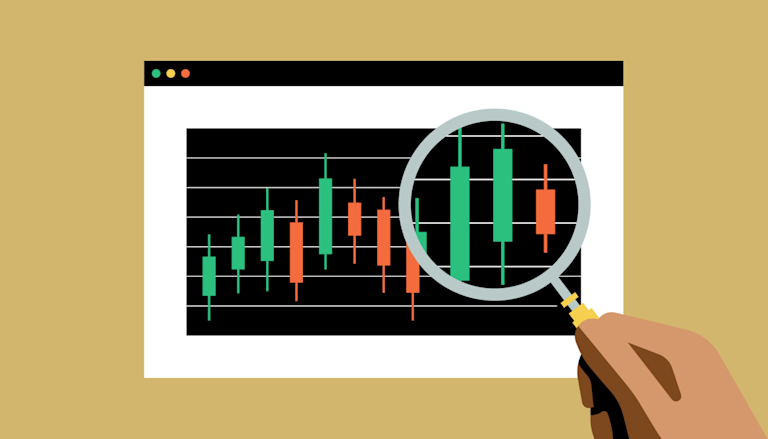
Crypto Trading Order Types: A Comprehensive Guide
In the dynamic world of cryptocurrency trading, mastering the various order types is essential for any trader aiming to enhance their market strategies. Understanding how to use different order types can help manage risk, enter and exit positions effectively, and optimize trading outcomes. Among the myriad of resources available to traders, one enlightening read can be found at Crypto Trading Order Types https://www.wallstreet-online.de/diskussion/500-beitraege/904470-1-500/biophan-die-fakten, where concepts related to trading strategies are discussed in detail.
1. Market Orders
Market orders are the simplest and most common type of trading order. When traders place a market order, they are indicating that they want to buy or sell a cryptocurrency immediately at the current market price. Market orders are typically executed quickly, making them ideal for traders looking to enter or exit a position instantly.
However, market orders come with a caveat. Since they are executed at the current market price, there is a risk of slippage, especially in volatile market conditions when prices can change rapidly. Therefore, it is crucial for traders to be aware of this risk when using market orders.
2. Limit Orders
A limit order allows traders to specify the price at which they want to buy or sell a cryptocurrency. Unlike market orders, limit orders will only execute if the market reaches the specified price or better. This feature makes limit orders a powerful tool for traders who wish to control their entry and exit points more precisely.

Limit orders help mitigate the risk of slippage, ensuring that traders do not have to buy at a unfavorable price. However, there is a downside: if the market price never reaches the specified limit, the order may remain unfilled. Thus, while limit orders offer greater control, they can also result in missed trading opportunities if the market moves swiftly away from the desired price.
3. Stop-Loss Orders
Stop-loss orders are an essential risk management tool in crypto trading. A stop-loss order allows traders to set a specific price at which they want to exit a losing position to prevent further losses. Once the market price hits this predetermined level, the stop-loss order converts into a market order and is executed at the next available price.
Using stop-loss orders can significantly reduce the emotional toll of trading, as it allows traders to automate exit strategies without having to constantly monitor their positions. However, traders should be cautious and set stop-loss levels wisely. Setting them too tight can result in premature exits, while setting them too loose might expose traders to excessive losses.
4. Take-Profit Orders
Similar to stop-loss orders, take-profit orders are used to secure profits at a predetermined price level. A take-profit order automatically closes a position when the market reaches a specific target price that is favorable to the trader. This type of order helps in capturing profits without having to exit manually.
Take-profit orders can also be an integral part of a trading plan, as they ensure that traders capitalize on price movements while minimizing the potential for loss if the market reverses. However, traders should assess market conditions carefully to set realistic profit targets.
5. Stop-Limit Orders

A stop-limit order is a more complex order type that combines features of both stop orders and limit orders. Traders set a stop price that, once reached, triggers the limit order. After the stop price is hit, the limit order will only execute within the specified limit price range.
This order type provides greater control over executions, as traders can specify both the activation price and the limit price. However, like limit orders, if the limit price is not met, the trade may not execute, making stop-limit orders less reliable in rapidly moving markets.
6. Trailing Stop Orders
Trailing stop orders are designed to protect profits by allowing a trade to remain open and continue to profit as long as the market price is moving in a favorable direction. Traders specify a trailing amount, which is the distance in price (or percentage) from the current market price. If the market price increases, the stop price adjusts upwards by that trailing amount. If the market price falls, the stop price remains unchanged.
This order type helps traders capture potential gains while providing downside protection, making them a valuable strategy in volatile markets. However, traders must set their trailing amounts thoughtfully to balance the potential for profit with the risk of exit points being triggered too soon.
Conclusion
Understanding and utilizing various crypto trading order types is crucial for traders looking to optimize their trading strategies effectively. Each order type serves its purpose, catering to different trading styles and risk appetites. By leveraging market orders, limit orders, stop-loss orders, take-profit orders, stop-limit orders, and trailing stop orders, traders can navigate the complexities of the crypto market more confidently.
As always, traders should educate themselves continuously and adapt their strategies to the ever-evolving market landscape. With practice and experience, mastering these order types can significantly influence trading success in the chaotic world of cryptocurrencies.